Text
"you attract what you fear"
AHHHHHH A RICH BENEFACTOR WHO WILL FUND ALL MY WEIRD CREATIVE ENDEAVOURS NOOOOOO STAY AWAYYYY
13K notes
·
View notes
Text
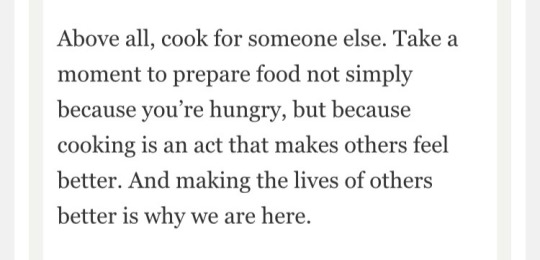
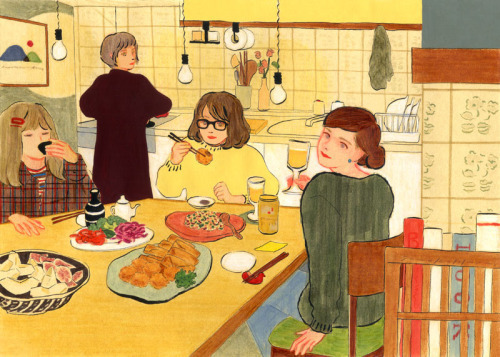



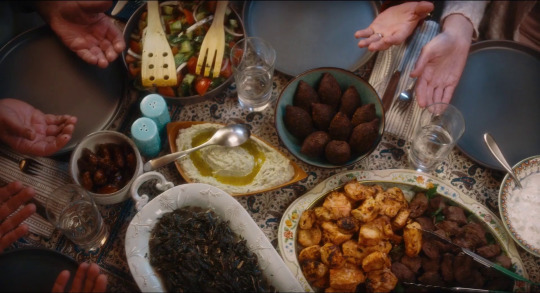
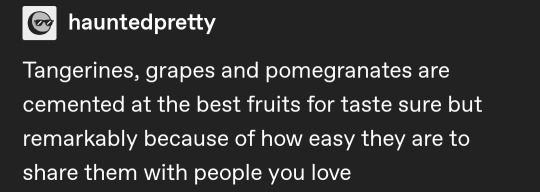


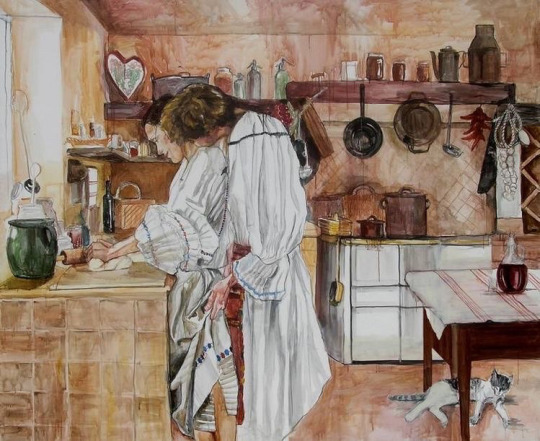
food as a love language...
what to cook right now, sam sifton // お仕事, @tomokohara // oranges, gary soto // rusty love from post partum portraits, tammy rae carland // @jacebeleren // iftar (breaking fast) (2020), dir. mike mosallam // @hakkiofficial // perhaps the world ends here, @diabolicjoy // @naomigoesferaldotcom // in the kitchen - helena janecic
2K notes
·
View notes
Text

June Gehringer, “I get so jealous of euthanized dogs”
2K notes
·
View notes
Text
good morning to all the people that are trying, I love you
4K notes
·
View notes
Text
Without looking it up, when you first hear "Tornado Warning", what does that mean to you?
12K notes
·
View notes
Text
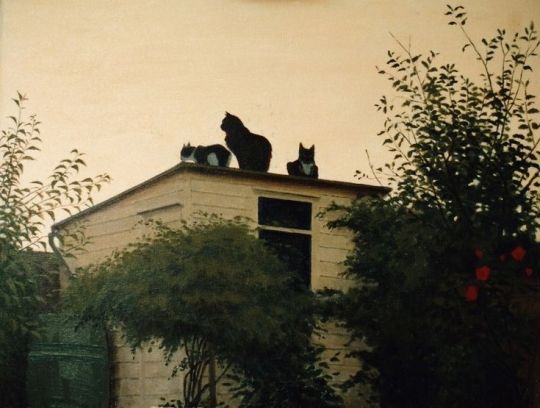
Ann Hewson aka Ann Jones-Hewson (born) (British, 1933-2015, b. Chingford, East London, England) - Cats on the Shed at Dusk, c. 1990-92, Paintings: Oil on Canvas Board
272 notes
·
View notes
Text
School domino effect with cereal's boxes
#this is so cool#rbing so i can find it later to show my kid#he's gotten into domino videos on youtube lately
15K notes
·
View notes
Photo
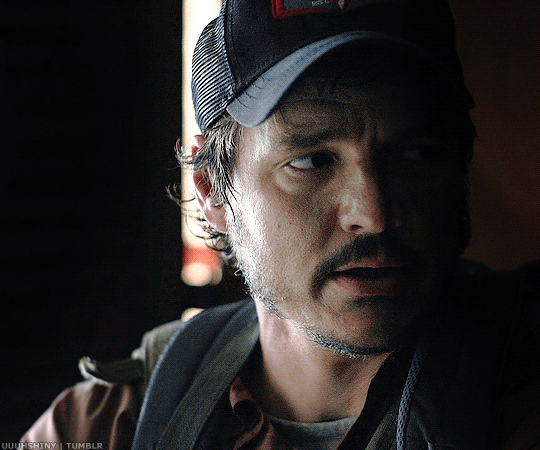
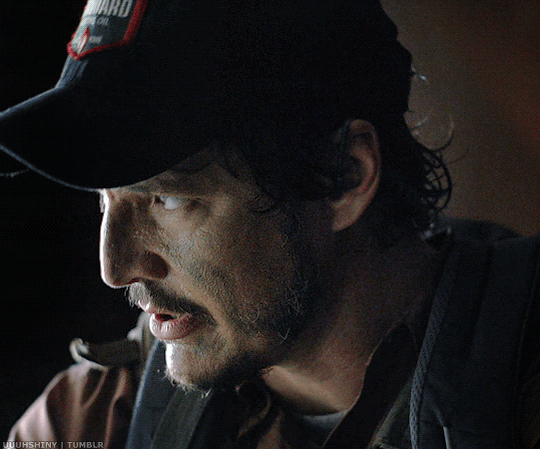
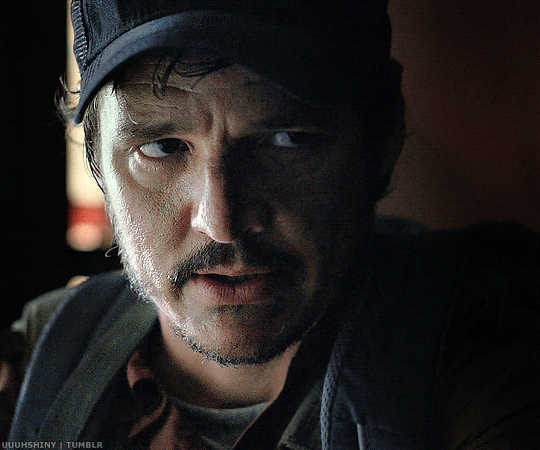

Pedro Pascal in Triple Frontier
Serious f*ck up
2K notes
·
View notes
Photo
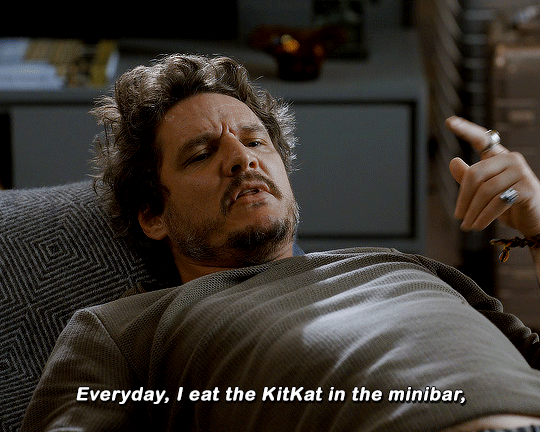
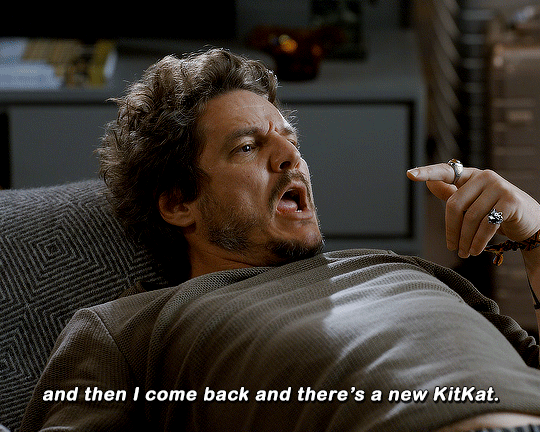

PEDRO PASCAL as DIETER BRAVO in THE BUBBLE (2022)
3K notes
·
View notes
Text
DONT BE AFRAID TO COMMENT ON OLD FICS DONT BE AFRAID TO COMMENT ON FICS IN A FANDOM THE AUTHOR MAY NO LONGER BE ACTIVE IN. IF THE STORY IS STILL UP LET THEM KNOW YOUR THOUGHTS IT MIGHT JUST BE THE REMINDER THAT MAKES THEIR DAY.
SINCERELY SOMEONE WHO JUST GOT A REPLY THAT MADE ME WANNA MAKE THIS POST
28K notes
·
View notes
Text
[“A reminder I find helpful is that trauma, especially developmental trauma, often shapes our thinking into this polarity, this all/nothing, pink/blue, man/woman. When I view the rigidity of this binary through this lens, I can also be more compassionate towards myself and others when we get caught in its net.
All/nothing patterns are tough to break out of, after all. We can notice the rigidity of the gender binary in a range of ways: the gendering of chromosomes, body parts, behaviors, mannerisms, clothing, emotions, toys, experiences, and so on. All/nothing thinking patterns are those that view duality as the only option. For example: you are male or female, good or bad, with us or against us. Given that we live in a cloud of historical, intergenerational, cultural and social trauma when it comes to gender, it makes sense that we have internalized much of this thinking.
In fact, even when we get away from binary ideas of gender, we might still engage in all/nothing thinking patterns, if we are not careful. For example, some young people who identify as trans and/or nonbinary have internalized such a deep need to police gender that they might be afraid of being viewed as “trans trenders” (that is people who think they are trans because it’s “trendy”). Within this paradigm, you are trans or not (another all/nothing pattern). There is no exploring, playing or considering; there is simply, you are or you are not. Some trans and cis people alike question the validity of nonbinary genders, and then other trans and/or nonbinary people turn around and talk about “truscum,” that is, those trans people who align with a medicalized and pathologizing model of gender and believe that dysphoria is an essential trait for some people.
All/nothing patterns are insidious and, if we are not careful, we tend to reproduce the same discourses that oppressed us, creating and recreating boundaries around gender identities and experiences to make sure we know who is “in” and who is “out,” who is “with us” and who is “against us.” While these patterns are understandable, when people are hurt, in survival mode and trying to protect themselves, this is not conducive to healing or liberation. As long as there is policing of gender, any gender, there cannot truly be liberation. This is a really tough one for many of us who have been hurt by rigid gender binaries, and who might have come to our identities through hardship, risk and loss. It is so tempting to feel that now that we are “in,” whichever label, identity or experience that “in” might be, we get to police others and make sure that “fakers” and “trenders” are kept out.
We are simply afraid. Afraid that if we let anyone in who is not 100 percent certain, or in agreement with us, or just like us, we might get hurt. We are afraid that whatever we have built will be blown away. It is understandable. It is what everyone is afraid of. Trauma keeps us afraid of one another. Colonial and patriarchal ways of thinking divide us, and seduce us into believing that, if we behave in certain ways, we too could have power over our little domain, whatever that domain might be. However, these are all lies, lies that trauma tells us and that oppression thrives on. These dualities of Men are from Mars and Women from Venus, cis women against trans women, sex workers versus SWERFs (sex worker exclusive radical feminists) are all deeply rooted in historical, cultural and social trauma.
How can we, then, find another way? The idea of another way is key. If polarities are foundational to all/nothing patterns, our way to liberation can only be found in a third road. Building and nurturing flexibility in our individual and collective soma (bodies) is therefore key. Practicing saying and noticing the maybe, the pause between breathing in and breathing out, reflection, curiosity, slow, kind and consensual relationships are key to healing. We cannot heal from gendered trauma when we are still caught in rigid polarities, still invested in finding a perpetrator or savior so that we can stay in a victim place. Or so invested in being the irredeemable perpetrator that there is no hope for us. Once more, it starts with us, our own gender journey and dismantling internalized polarities first.
Once we engage with this work, we can then support those around us—be they clients, students, fellow community members and communities—to challenge those polarities within themselves and one another. This might all seem very idealistic, and it is. I truly believe we cannot move towards healing through violence. If we are to heal from gendered trauma it has to be through relationships: human, messy, complicated, infuriating, joyful, loving relationships. We cannot be in relationship when we are in opposition. We can be in a tug of war, push and pull at one another but, as long as we stay locked into these patterns, we can only view ourselves as victors and losers. In the meantime, the only victors seem to be systems of oppression.”]
alex iantaffi, from gender trauma: healing cultural, social, and historical gendered trauma, 2020
394 notes
·
View notes
Text
if you've seen that "voting as a fire extinguisher" poem around you should consider reading the full piece, "TO THROW A WRENCH IN THE BLOOD MACHINE: Five (Season-Appropriate) Metaphors for Voting." the author recently wrote an update talking about how he doesn't like the piece being taken out it's poetic context, where it isn't instructions on what to do but a "grappling with a complex idea, providing different possible doorways into critical thinking." also maybe check out his other work!
141 notes
·
View notes
Text
Christian god: makes the face of Jesus appear on toast
Xiuhtēcuhtli, Lord of Volcanoes: hold my beer
3K notes
·
View notes
Text
317 notes
·
View notes


